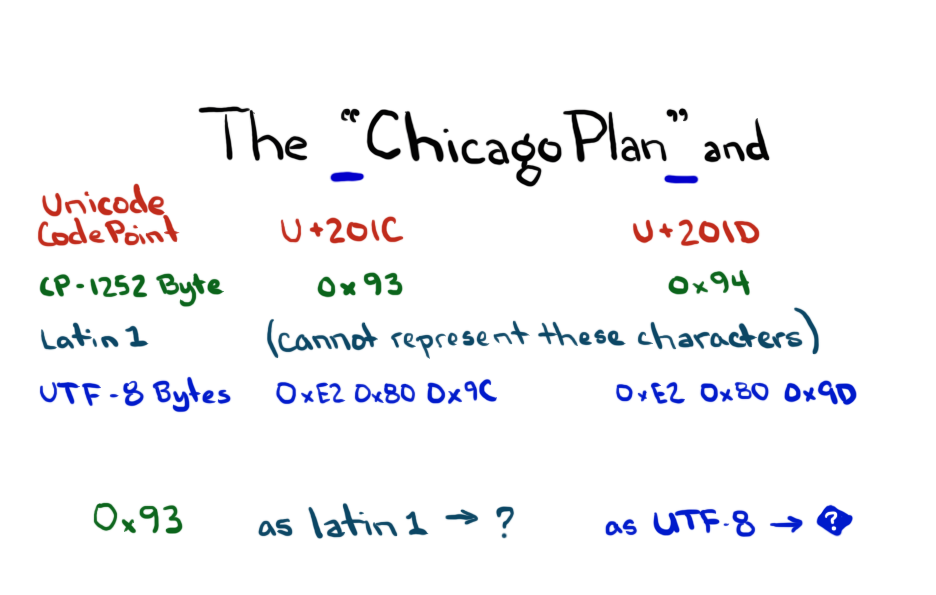I have created many very simple pure HTML websites over the years. Most of them appear to work fine most of the time. But there is one recurring problem which I have never quite sorted out involving strange characters.
The scenario goes like this: I create the site. I look at it in my browser, everything appears fine. I may look at it a great many times over the coming weeks or months as I make additions here and there. Perhaps on a variety of browsers on a variety of PC's. Then one day I look at the page and see a random sprinkling of white question marks against dark diamond shapes. These might appear where I had expected to see hyphens or quotes or apostrophes. My immediate thought is that my browser got into some strange state because I was looking at some foreign website with strange characters, but I'm never quite sure. I'm left with that nagging feeling that perhaps half the planet is seeing my website with funny question marks all over it.
So my question is what's going on? What should I do to ensure that as many people as possible around the world can view my text as I originally intended? Should I be using those special html sequences like
£
for all non alphanumeric characters? Should I worry at all?
Edit: Right now I have the problem occurring on this page: http://www.fullreservebanking.com/papers.htm ... part of it looks like this:

I am using FireFox 5 and the character encoding currently appears to be "UNICODE (UTF-8)". I do not remember manually setting the character encoding to anything since installation. I do occasionally look at Japanese websites for work related reasons - though when I do so, I do not manually make any changes to firefox settings.
Edit: Now fixed. Web page altered accordingly.

